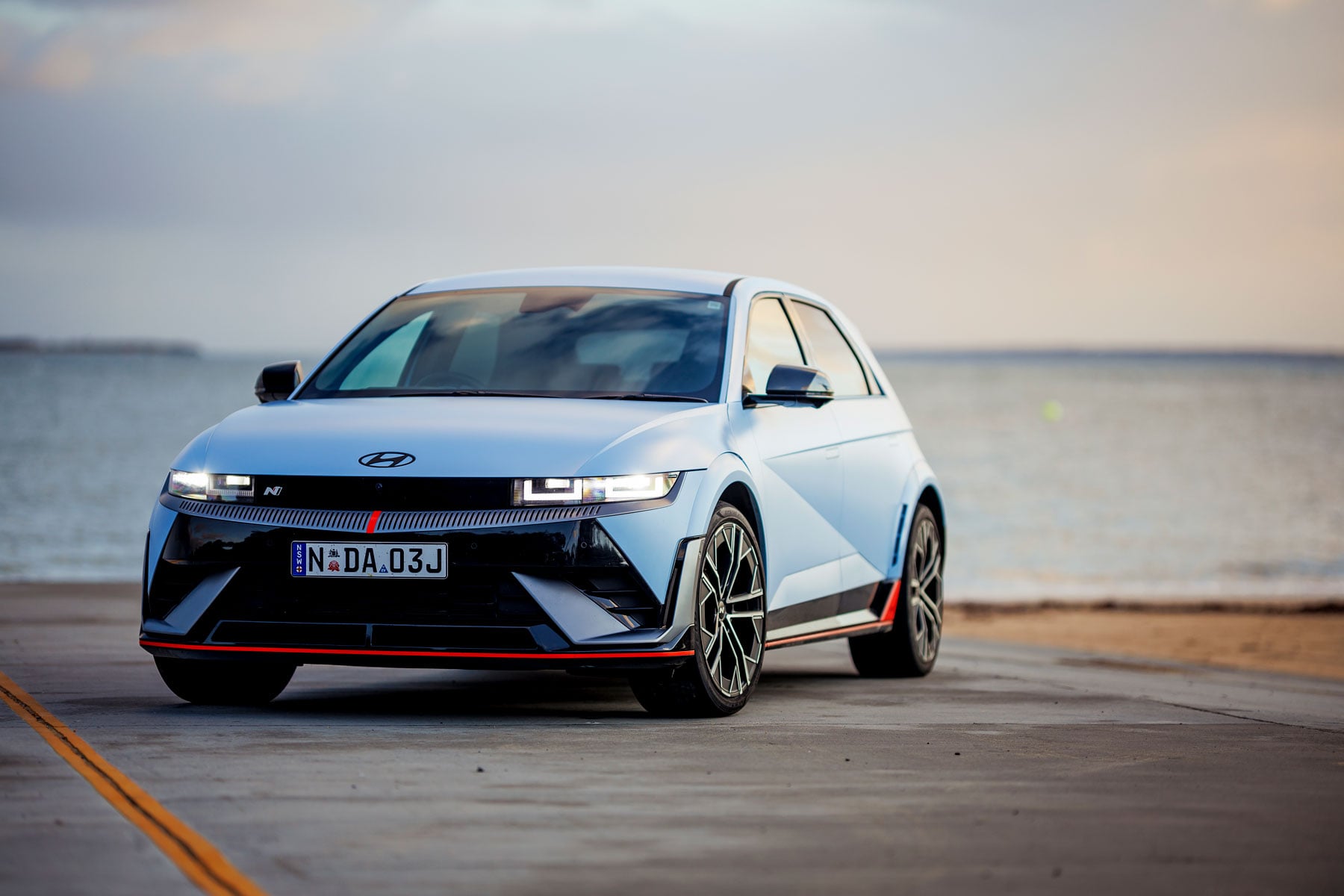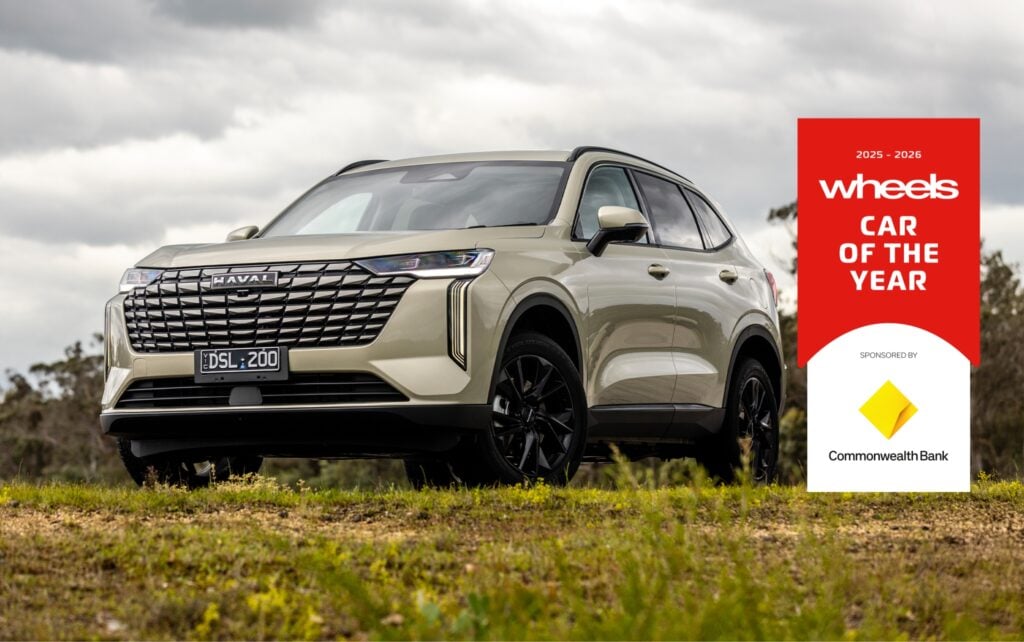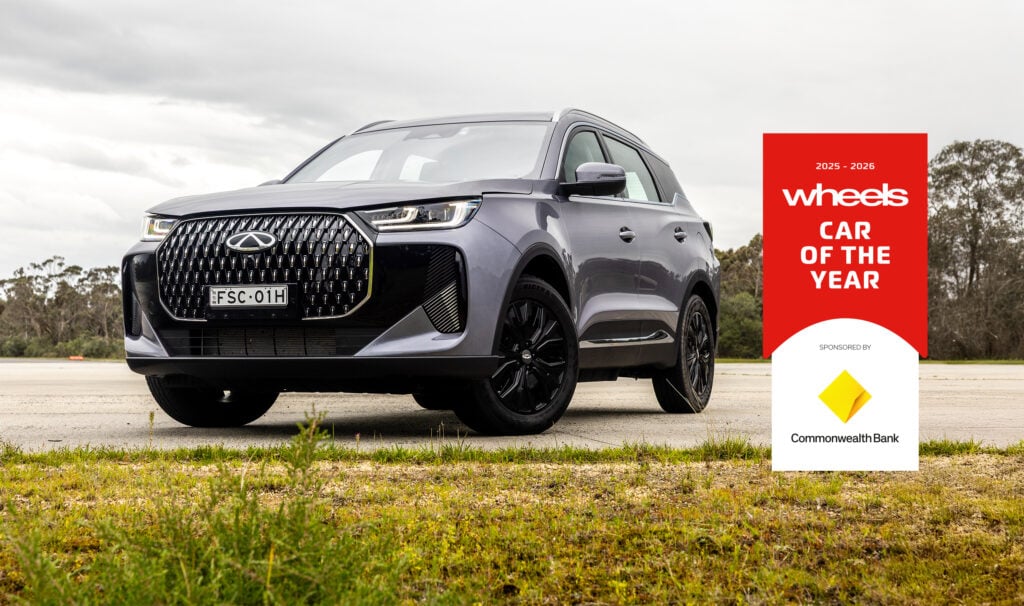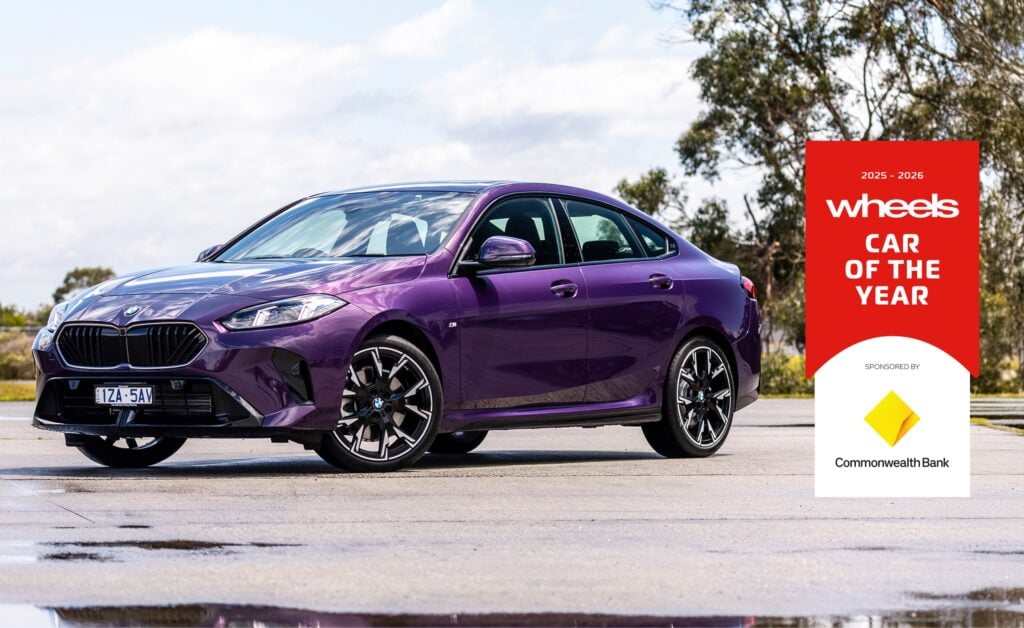It’s not often the winner of the prestigious Wheels Car of the Year (COTY) award is a unanimous choice of all the judges after a week of rigorous testing on both track and road, but that is the case with the 2024-25 winner, the Hyundai IONIQ 5 N.
The boundary-pushing sports hatch beat the Toyota Camry Ascent Sport and stablemate, the Hyundai Santa Fe Calligraphy, into second and third place respectively.
The Hyundai IONIQ 5 N stood out because of the inventive, imaginative way it combines EV technology with motorsport-inspired performance and handling to create a truly thrilling drive. It’s the EV set to impress even those who will never relinquish their love of the internal combustion engine – and as Wheels Editor Andy Enright confirms in his edited Wheels Yearbook 2024 review of the winner below, that’s quite a feat…
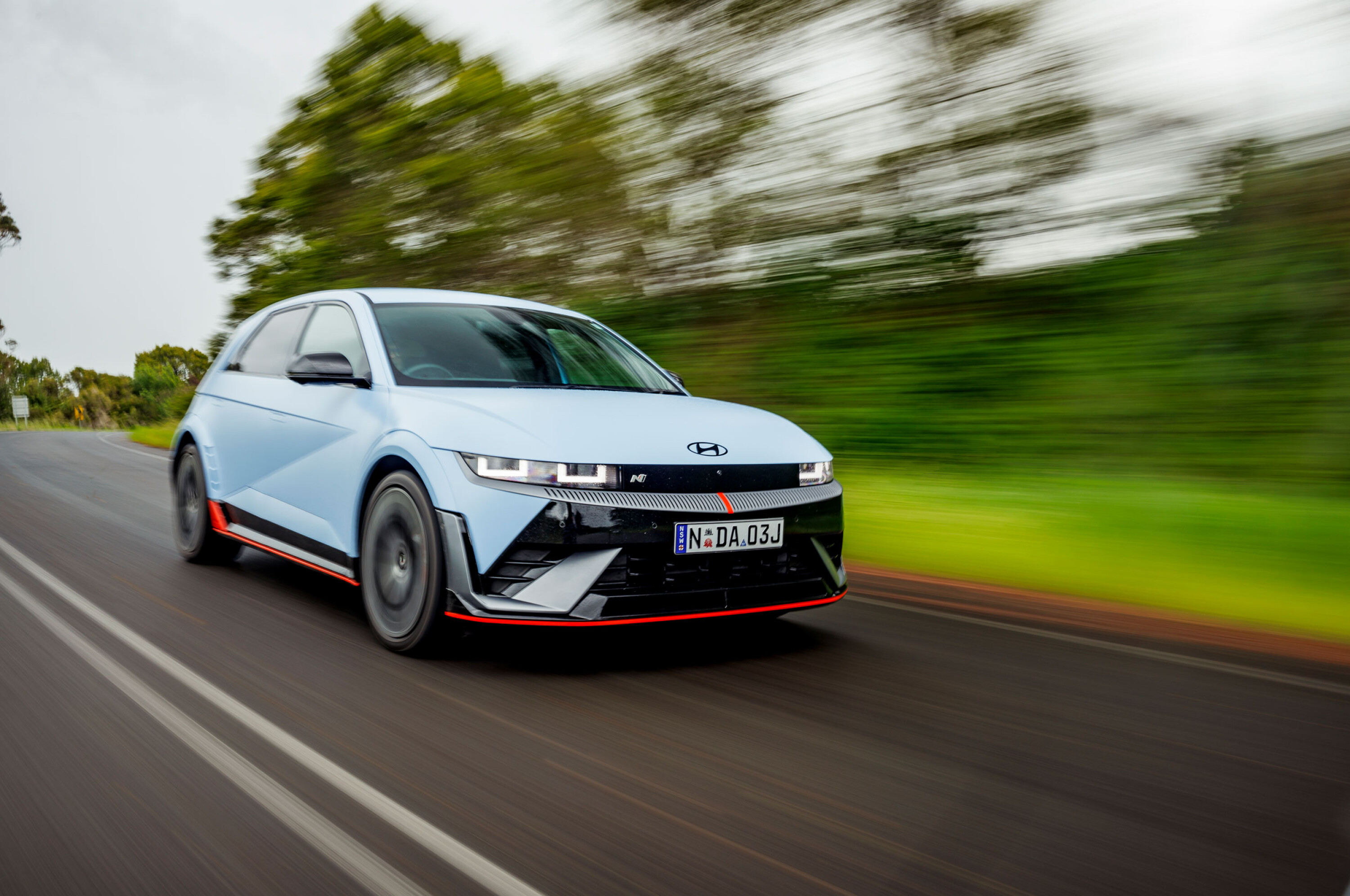
Wheels Editor, Andy Enright
I pity those car enthusiasts who still feel that electric cars are some sort of soulless appliance.
Yes, there are many cheap EVs that are about as thrilling as reading a user manual for a USB hub, but then the same goes for many affordable combustion-engined cars.
Just as a dull car is a dull car regardless of how it’s powered, the inverse applies to fun and interesting cars.
Thing is, it’s easy to make dull cars. It’s far trickier to imbue a car with character, to make you want to drive it, to daydream of your favourite roads, to paint a huge smile on your face.
We’ve had well over a century of practice to figure out how to do exactly that with combustion-engined vehicles but, for the most part, around a decade to figure out how EVs deliver on that enthusiast promise.
The Hyundai IONIQ 5 N has cracked that particular problem, and in the most joyous way imaginable, which is why this landmark sports hatch wins Car of the Year.
It does so much so well that it delivered a unanimous verdict across all six judging scorecards in the blind final-round voting. Last year, COTY was a very close-run thing. Not on this occasion.
It takes a very special sort of road car to impress somebody who has won the Australian rally championship seven times, but after we ran performance tester Cody Crocker through the 5 N’s manual gear shifting system, he returned with a massive grin and a distinct reluctance to hand back the keys.
“I’ve got a new favourite car,” he said. “I had no idea it could do that.”
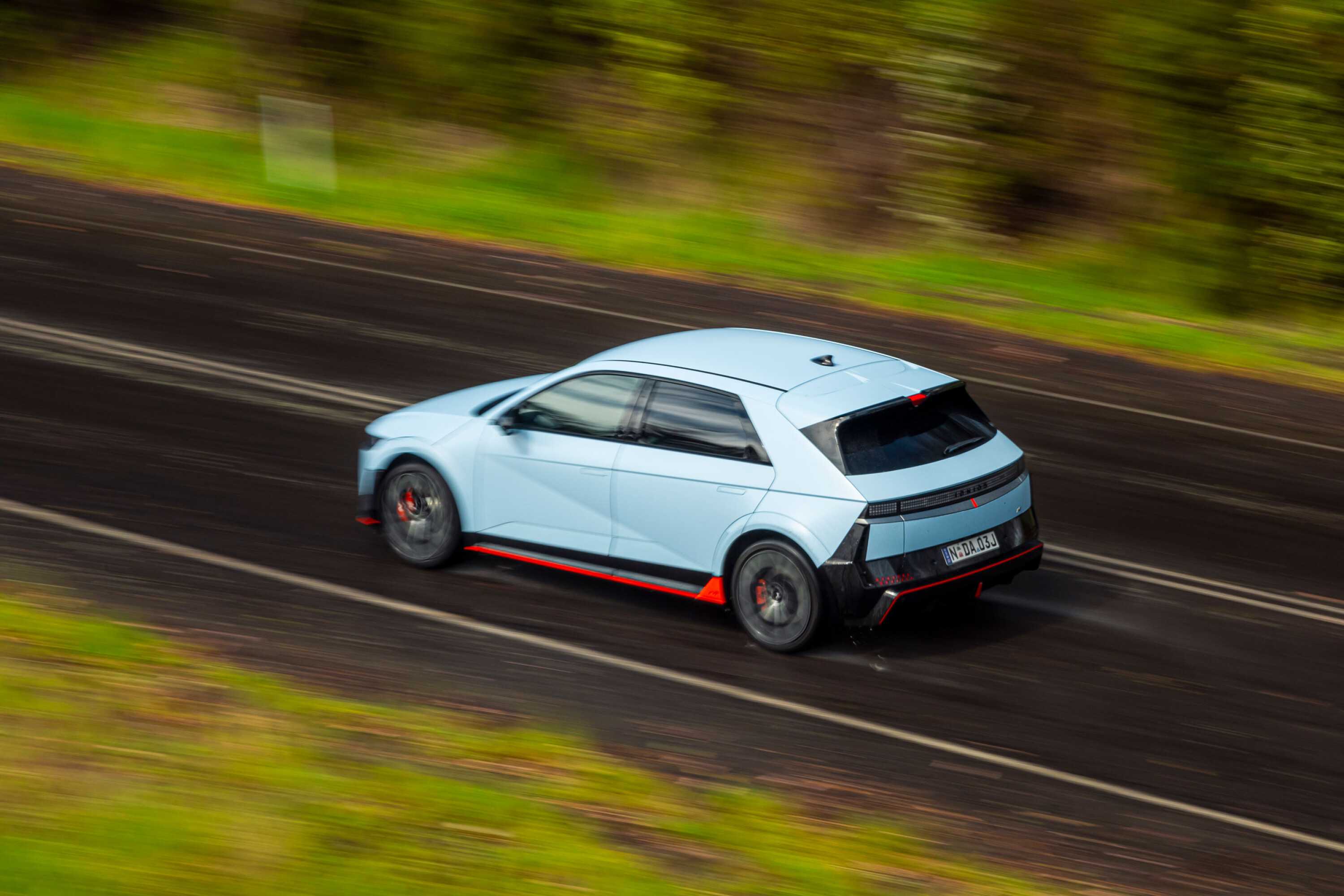
Ah, yes, that. It was always going to be a controversial move, offering drivers the option of artificially mandated gearshifts, a rev limiter, and the feeling of torque building as the entirely nonexistent engine comes on cam.
At first glance, it would seem to play into the hands of those who claim that electric powertrains are lame and that the old ways are better, but do we need to be that partisan, that binary?
Can we not take the best of both to create something new and incredible? That’s exactly what Albert Biermann and his team at Hyundai’s N division has done with this remarkable car.
What’s more, it blitzed the judging criteria.
Value? You’re getting a performance car with 478kW; comfortably more power than a McLaren F1 for $110K. Safety? The IONIQ 5 has returned a five-star ANCAP rating. Layer on top of that the bigger brakes, better tyres and additional safety systems of the 5 N and that box is resolutely ticked.
Cabin design and execution? It seats five adults in comfort, has a big boot and is well-appointed throughout, with thoughtful stowage inside the car, solid ergonomics and a flat floor.
How it drives? If that includes the ability to make you laugh out loud in pure joy, then nothing at this year’s event, even the fabulous Mustang Dark Horse, could top it. The mantra that ran through the 5 N’s development speaks volumes: driving still matters.
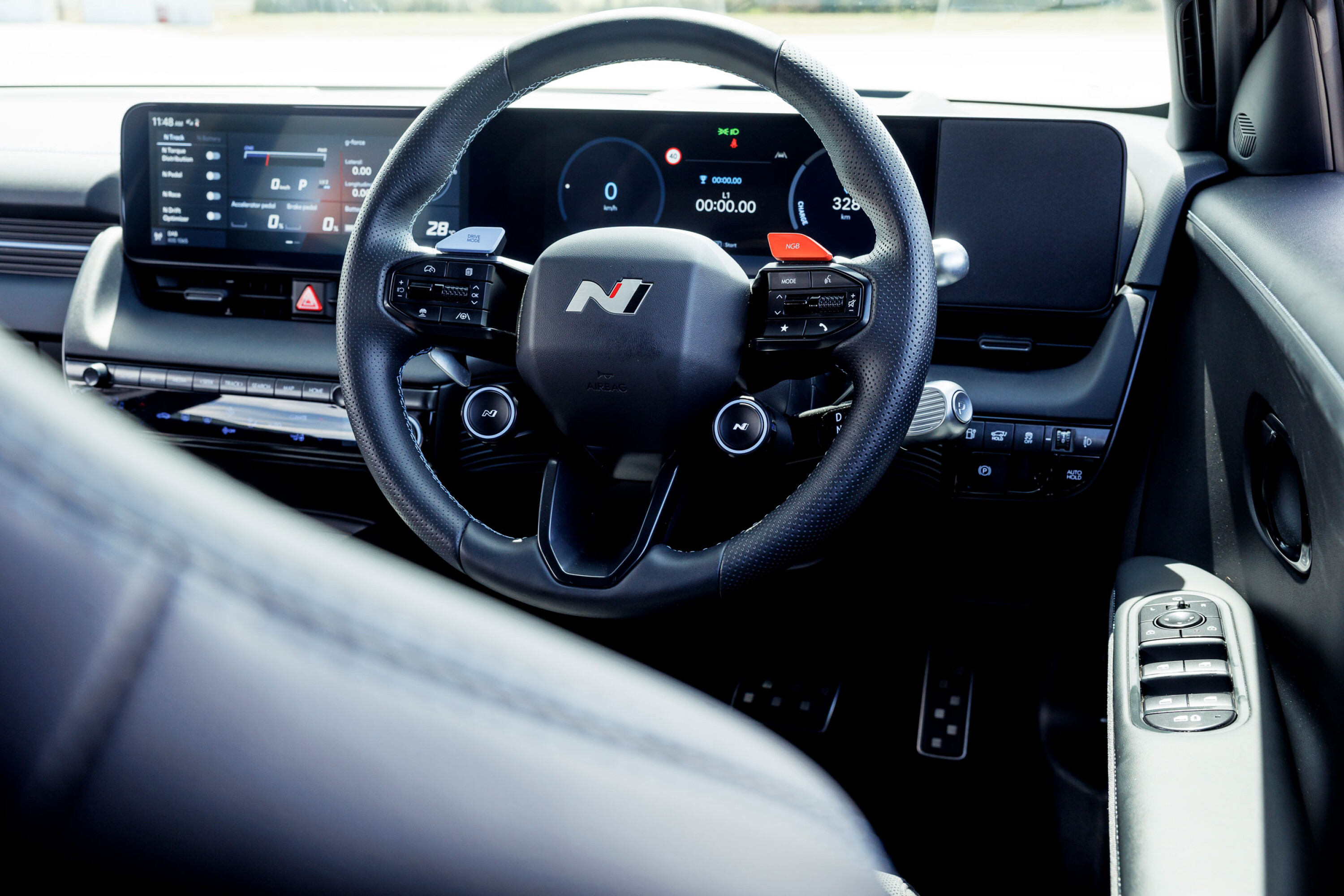
Of course, it’s not perfect. No COTY winner ever is.
Drive it like you mean it and that claimed 448km WLTP-mandated range shrinks somewhat.
Throw it from lock to lock around hairpins at a racetrack and the tyres will let you know that, despite its nimble feel, there’s 2230kg of physics at work here. Then there are the whispers that Hyundai is ready to unleash something even focused, and that the full-bodied IONIQ 5 was a mere toe-in-the-water platform for the Koreans in order to gauge customer reception. As ever, we can only test the cars that are put in front of us.
At Lang Lang it was imperious. One particular quirk of the surfacing of the ride and handling track at this proving ground is that performance cars shod with Pirelli P Zero tyres tend to shine. The 5 N we had was wearing a set of 275/35ZR21 P Zeros, so its prospects looked good from the outset.
The speed limit through many of the corners is a fairly generous 130km/h and the Hyundai felt planted and confidence-inspiring, even on the sections specifically designed to upset the car mid-corner.
It resists roll well and there is so much to be said for plucking the gears yourself. At first, you’ll feel silly. Ten seconds later, you won’t give a hoot about how silly you think it is – you’ll be laughing too much. Isn’t that what we want from performance cars today: to feel connected and engaged? The IONIQ 5 N delivers that in spades. Don’t get mired in how you got there. Just enjoy the end result.
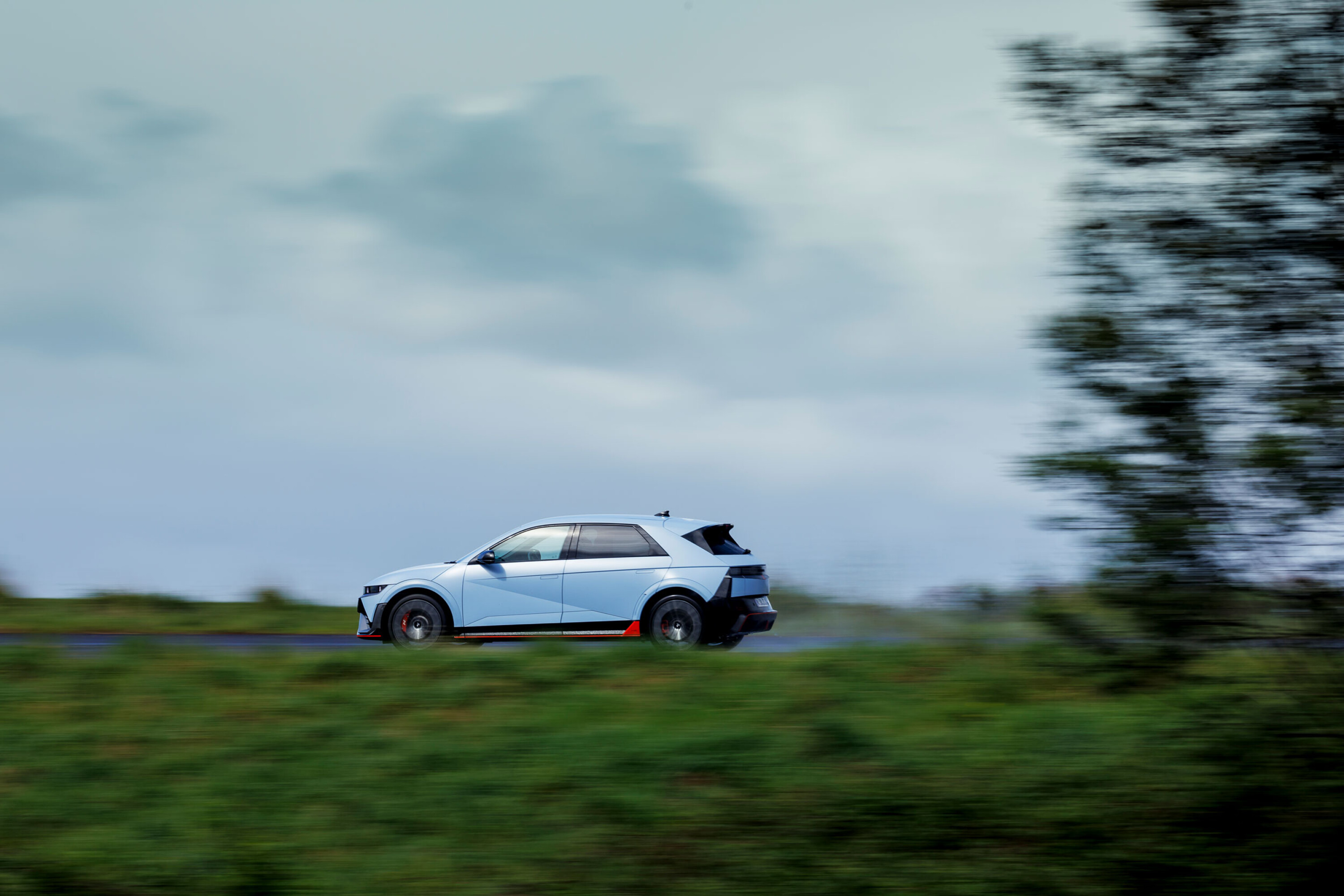
It’s a car that rewards good drivers.
It offers a drift mode, but it’s far more fun to get the car on a circuit and switch all of the electronic systems off in order to tease at the subtleties of its handling envelope. Like all N cars, the warranty covers circuit use, and the 5 N was developed with this use case in mind.
At the company’s Nürburgring development centre, the development team aimed for a 20-20-20 exercise. That’s 20 minutes of hot lapping on a track day, then 20 minutes on a high speed charger and then back out for 20 minutes on track again.
Thanks to its 800-volt electrical architecture, the 5 N will charge from 10 to 80 percent in a rapid 18 minutes on a 350kW fast charger, or 70 minutes on a more pedestrian 50kW unit.
It’s on road that the 5 N really shines though. Its ride quality is more than compliant enough to make it realistic family transport, genuinely living up to the cliché of being able to drop the kids off at school while showing you a good time on the indirect route back.
The boot is a sizeable 480 litres with the seats up and 1540 litres with the second row folded. There’s even the utility of a V2L connector that can power tools, camping equipment or domestic appliances.
The Hyundai IONIQ 5 N is by some margin the most powerful car ever to have won Wheels Car of the Year. Heck, only one car in the lengthy winners’ roll boasts half the grunt of this rocketship Hyundai.
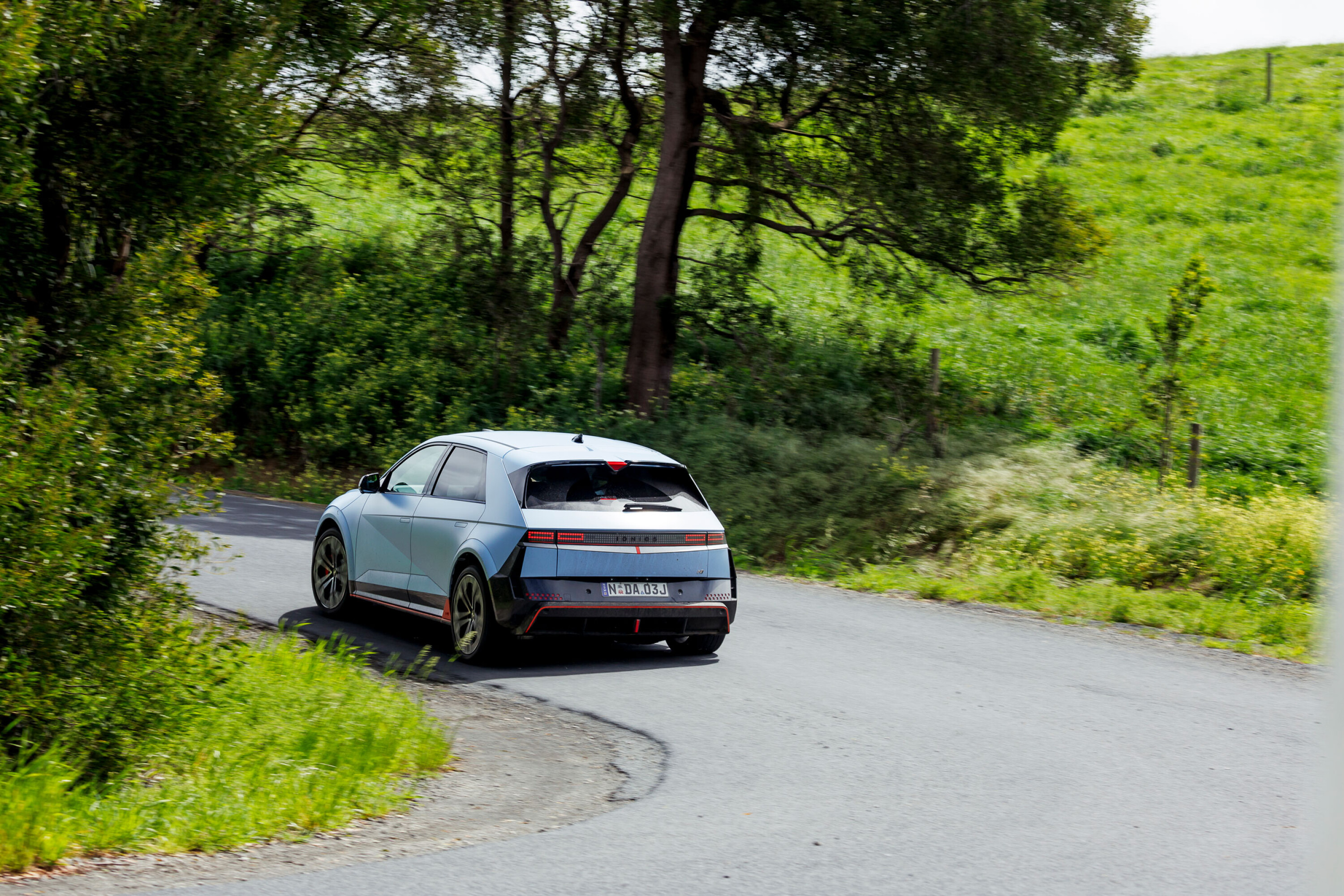
The last time a true enthusiast car won the big gong was in 2012, when the award was shared between the Subaru BRZ and the Toyota 86 coupe twins.
Since then we’ve witnessed the rise of SUVs which have become increasingly polished as family transport; albeit one given a dust-flecked tone by last year’s victor, the Ford Everest.
It takes something very special to break that mould. Car of the Year has long celebrated all-round excellence, but we enjoy it less when steady box-tickers win. This year, all the stars have aligned.
Not only do we get a brave, exciting and game-changing winner, but we get one that scores well across all the judging criteria. At $110K, the Hyundai IONIQ 5 N isn’t for everyone but it ought to be a car that everyone can see points to a bright future for keen drivers. In sweeping the board of all six judges, the IONIQ 5 N is a standout champion.
This is a win for optimism. It’s a win for something many had maybe forgotten in these turbulent times. A win that owes much to a scribbled note from Albert Biermann in the margin of his notes to the 5 N’s development team: ‘Driving still matters.’
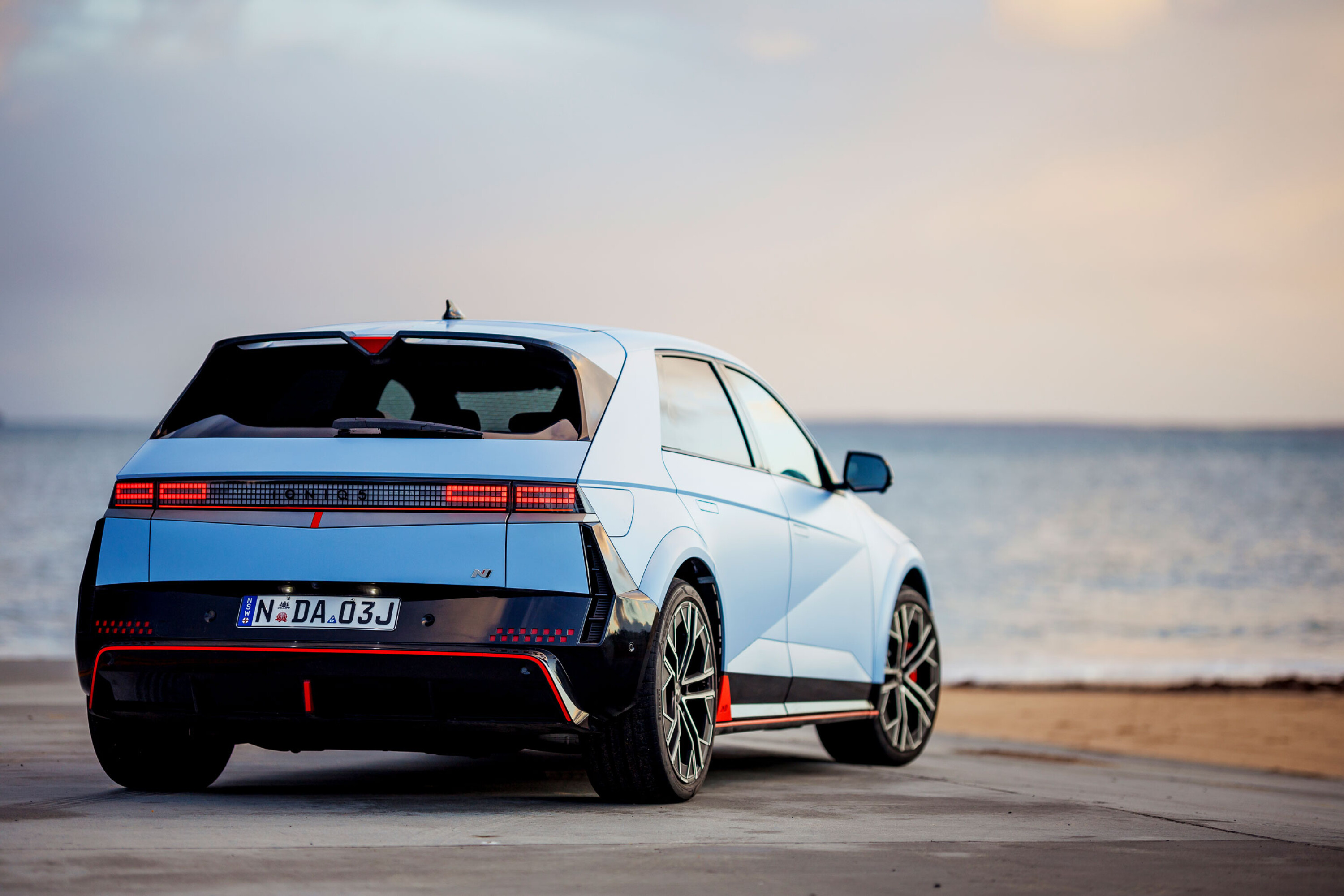
| HYUNDAI IONIQ 5 N | |
|---|---|
| Price/as tested | $110,383/$112,383 |
| Drive | 2 x electric motors, 84kWh lithium-ion battery |
| Power | 448kW |
| Torque | 740Nm |
| Transmission | Single-speed reduction gear |
| Weight | 2230kg |
| L/W/H/WB | 4715/1940/1585/3000mm |
| Tyre | Pirelli P Zero 275/35ZR21 (f/r) |
| Safety | Untested |


